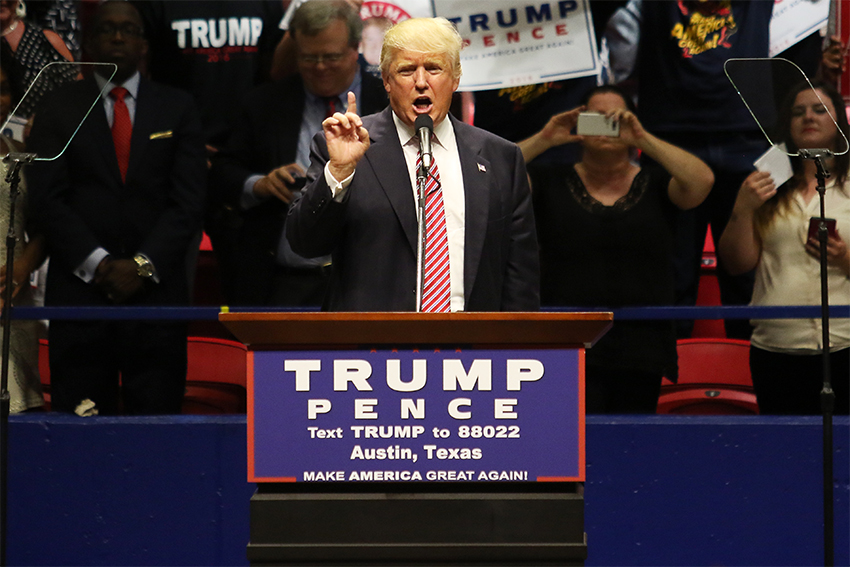More than three months later, it’s clear that the post-election panic over fake news has backfired. Instead of shattering the alternate realities Americans constructed for themselves online, the very real concern over the spread of misinformation has lent legitimacy to those who prefer to dismiss any information they don’t like. Politicians and public figures now have a two-word phrase they can use to instantly nullify any bad press, and it’s usually expressed by the president of the United States in all caps: FAKE NEWS.
This rhetorical trick has been a boon not just to politicians within the United States, but also to despots around the world. Speaking to Yahoo News last Friday, Syrian president Bashar al-Assad labeled allegations of torture and human rights violations committed by his regime as products of the “fake news era.”
Even as the term is co-opted, fake news itself remains a real problem for the future of American democracy. To confront it without equipping autocrats with the tools they need to evade the truth, we must be discriminating about what fake news is.
That means acknowledging that there is a difference between biased sources of information and false sources of information. For example, although their reporting is marked by a clear and increasingly drastic rightward tilt, Fox News is not fake news. The same is true of MSNBC, most of whose programs present information from a distinctly left-leaning perspective.
Media organizations can and sometimes do report facts selectively, emphasize some facts while downplaying others and supplement facts with their own spin—all in the service of a political agenda. Viewers, listeners and readers should be aware when this happens. But those organizations are still reporting facts, which distinguishes them from fake news.
That being said, within the realm of real news outlets, the presence or lack of an agenda can be used to discredit some while elevating others. During his last three press conferences, President Donald Trump has only called on outlets that serve his agenda, while shutting out more reputable organizations like CNN, the New York Times and the Washington Post — organizations he has repeatedly decried as “failing” and “fake news.” To be clear, these organizations don’t have clear agendas in the same way that Fox or parts of MSNBC do, but Trump (along with his supporters) perceives their lack of a conservative agenda as the presence of an agenda against his administration.
Being clear about what counts as fake news means respecting the authority of well-established organizations with long records of reporting the truth. It also means understanding who benefits from the delegitimization of information. In the aforementioned interview with Yahoo News, the Syrian president was denying a report by Amnesty International. When a dictator locked in a bloody civil war with his own people is called out by a watchdog group, we should expect him to try and delegitimize that group, and we should know who to believe.
What, then, is fake news? Fake news comes from sources with clear partisan interests and little to no record of any kind, and it consists of information that is not just selectively or dishonestly presented, but flatly false. If a politician or public figure is calling something fake news that doesn’t fit that description, then the real fake news is probably coming from them.
Groves is a government sophomore from Dallas. Follow him on twitter @samgroves





















